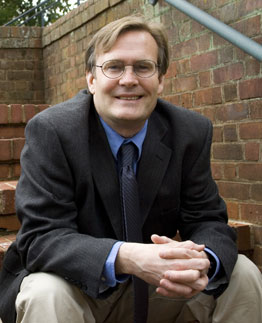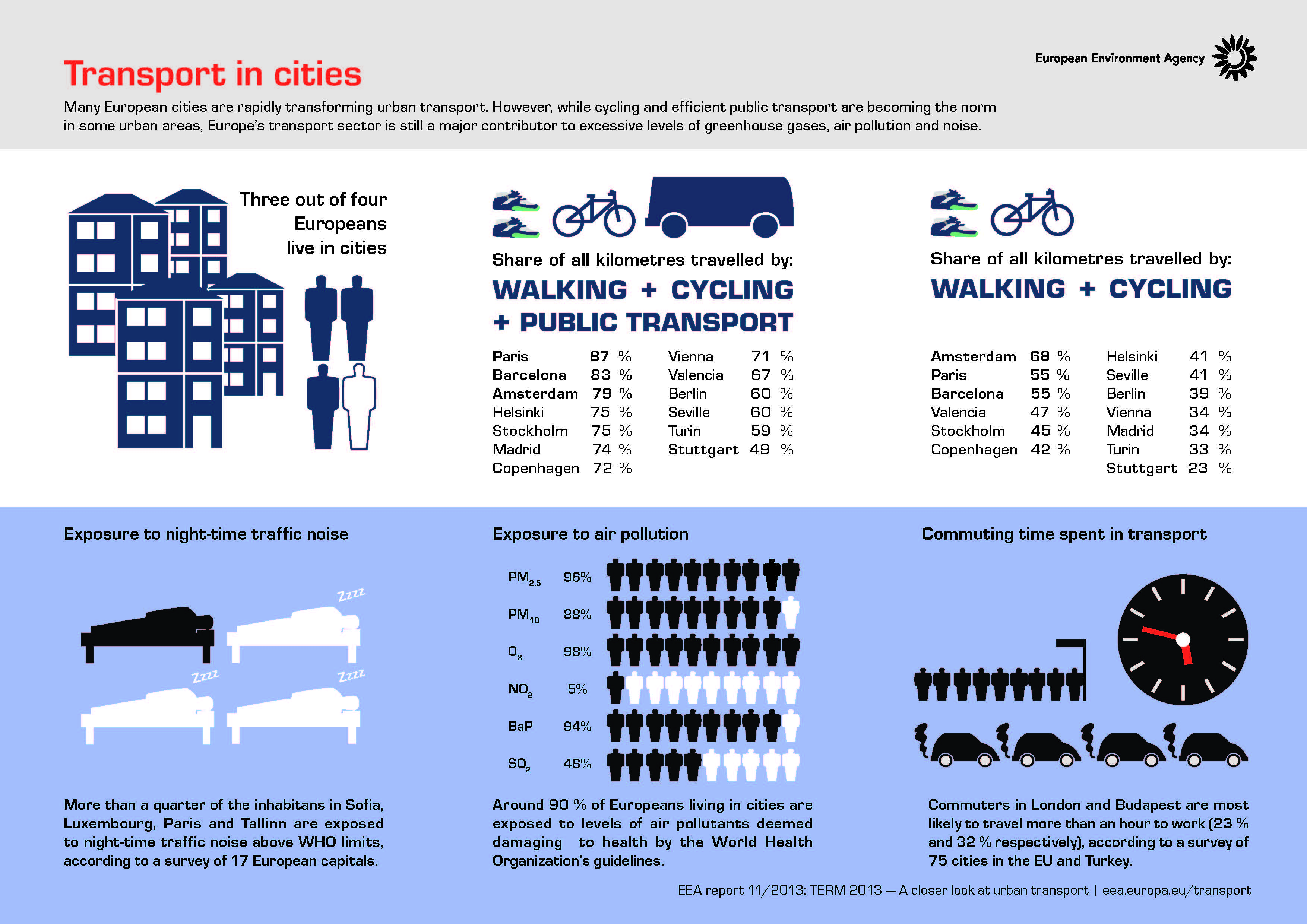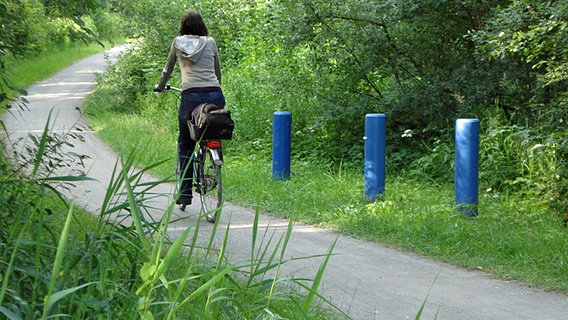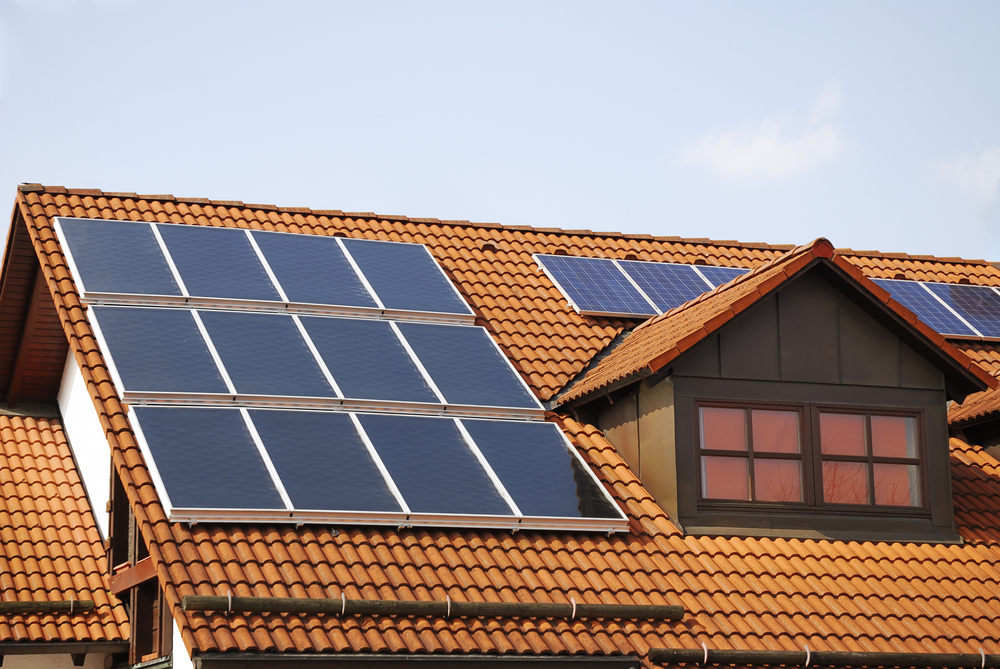About the Author:
Dr. Timothy Beatley was born in 1954. He is a researcher and an author. He is a Theresa Heinz Professor of Urban and Environmental Planning at the University of Virginia, Charlottesville. His teachings focus on environmental planning emphasizing on coastal and natural hazards planning, environmental values and conservation of biodiversity. He works towards developing sustainable communities, and creative strategies by which cities and towns can reduce their ecological footprints, while at the same time becoming more livable places. His classic and contemporary writings are published in many books that focus on sustainable urban development and green urbanism.
Summary of the Chapter “Planning for Sustainability in European Cities: A Review of Practice in Leading Cities”:
Editors (Richard T. LeGates and Frederic Stout) Introduction:
The alternatives of Green Urbanism and Sustainable Development have been proposed to the mankind development by the use of natural processes to ensure that the earth’s natural resources are available to the future generations. Most European cities have undertaken this sustainable development practices more seriously than the United States. The European cities have adopted many successful sustainability practices. Beatley says that cities with higher density like in Europe makes possible the efficient public transportation and energy systems possible.
In European cities, with the use of well-planned public transportation systems the use of cars will reduce tremendously, also this system will generate revenue that will keep the system alive. Also introduction of high taxes on gas discourage driving in the more compact cities which will direct to the use of public transportation and therefore less air pollution. In Amsterdam and other European cities, free public bicycles are provided. Attractive pedestrians in the cities force people to use them for walking which is a step further to sustainable and livable cities.
Author’s writing:
Dense and compact cities with patterned low rise buildings tend to produce less carbon emissions and water pollution than the less dense cities. This makes the local sustainability more viable. Nowadays the planning strategies for the cities in Europe aim for tight urban core and significant transportation to support the compactness of the city.
Growing and redeveloping cities of Europe incorporate ecological design and planning concepts by the use of solar energy and natural drainage system to the community gardens. For example in the Dutch city of Utrecht, the balance between ecological and urban design is achieved. They heat up their area by the heat supplied from a nearby power plant, use recycled water along with fresh water for non-drinking purposes and storm water management by a system of ‘wadies’. They have pedestrian bridges that provide fast connection to the city center which is the urban core. They are also required to have low energy and sustainable homes to be allowed to harvest wood.
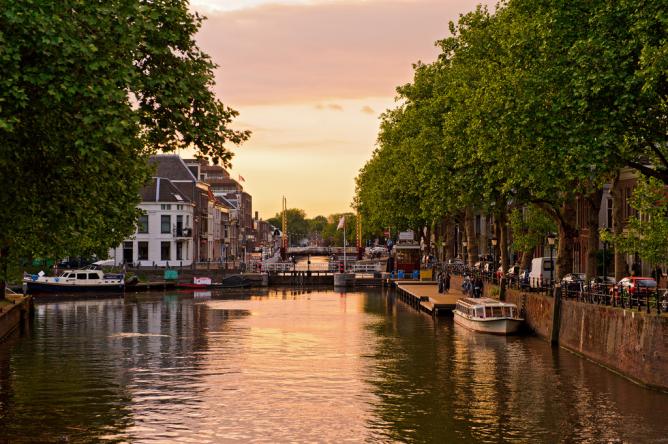
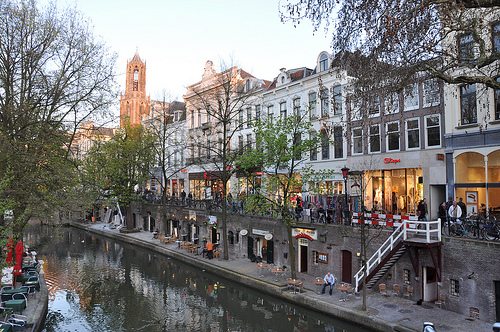 Images showing the city of Utrecht
Images showing the city of Utrecht
In Green urbanism, there is a need to achieve fast, comfortable and sustainable systems of public transport. The auto transport should not interfere with the public lanes and pedestrians. There are a number of actions that have promoted the use bicycles like a separate lane for them, provision for the parking of the bicycles which requires very less space.
The compact cities of Europe have incorporated beautiful public and pedestrian spaces. The use some spaces for outdoor stages called “living rooms’ where people socialize and hold events. These areas have become the social heart of the community. This way the ‘walking culture’ can be made more feasible. The policy of compact city ensures accessible walking streets between the buildings with short distances which should include cafés, shops, services, public art, extensive seating etc. within the walkable range.
Greening the city can be a major challenge. In Hannover, there is an 80 km long green ring of dense forest located in the center of the city. This circle provides a continuous hiking and biking routes with a possibility to explore variety of landscape features. In most Dutch cities, there is a strong connection between urban centers. The city plan has created networks of ecological waterways, tree corridors and green connections. The extensive green roof programs in these cities require the buildings to compensate for the green land they have used which can be done by creating green roofs. There are a lot of benefits to the green roof system. It accommodates a large amount of biological diversity and keeps the environment healthy.
Image showing the green ring (der grune ring) of Hannover in Germany
In the effort of using renewable energy, some cities have undertaken ‘closed loop urban metabolism’. The waste, water and energy grouped within an eco-cycle includes conversion of sewage to fertilizer and used in production of food and generation of biogas from sludge. This biogas is used to fuel the vehicles of the public and used to heat in the power plants. The wastes are then returned to the residents in the form of district heating. Many cities have also incorporated solar energy into their building designs. They have rooftop photovoltaics, thermal solar units and also produce power from the solar energy. Many citizens in the green cities have become more environmentally responsible. The mandatory policy of purchasing only organic food for school and child care facilities and restriction on the use of pesticides in public places.
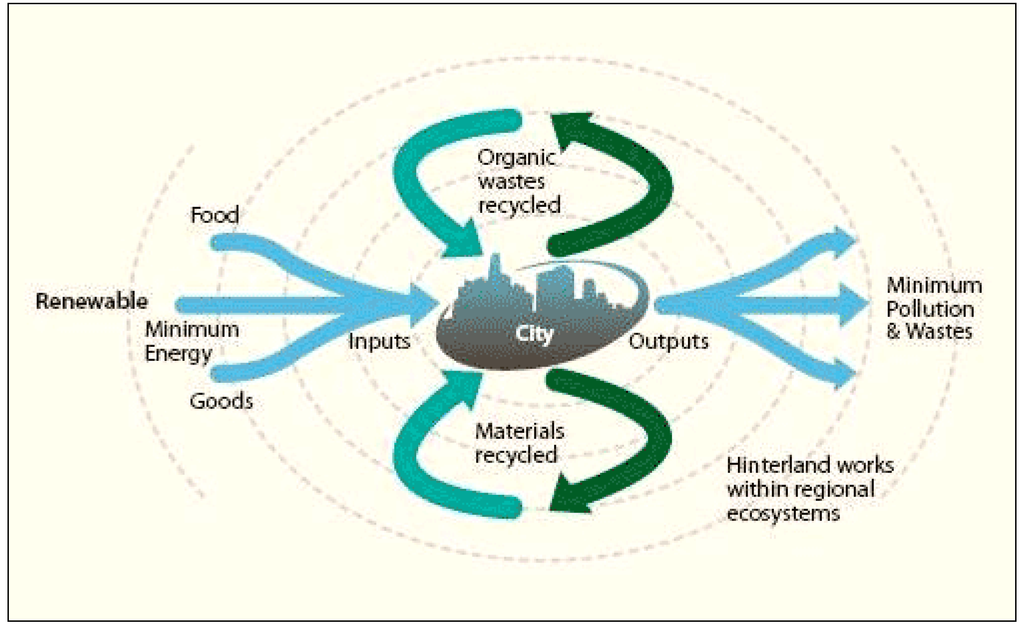 Image illustrating closed loop urban metabolism
Image illustrating closed loop urban metabolism
Image showing photovoltaic cells on the rooftop of houses
Relating the topic to the cities in Qatar:

In Qatar, the new Lusail City has commenced the application of QSAS (Qatar Sustainability Assessment) which promotes sustainable development to protect the natural environment and the community health. The city is called the “Smart City” and is the first green city in Qatar. This approach designs energy efficient and environmentally sensitive buildings in the city by utilizing underground tunnels to carry chilled water for cooling the buildings. It will also create a combination between the Qatari architectural language and meet the sustainability criteria. The city will also recycle all the waste which will be carried by underground pipes to be treated and utilized for watering the green open spaces of the city.
For more information, visit the link below:
http://www.lusail.com/English/Media/Press/Pages/Press16.aspx
References:
LeGates, R. (1996). The city reader (5th ed., pp. 446-457). London: Routledge.
MDPI – Open Access Publishing. (n.d.). Retrieved March 6, 2015, from http://www.mdpi.com
NDR.de – Das Beste am Norden – Radio – Fernsehen – Nachrichten. (n.d.). Retrieved March 6, 2015, from http://www.ndr.de
PopularResistance.Org. (n.d.). Retrieved March 6, 2015, from http://www.popularresistance.org
State Council of Higher Education for Virginia. (n.d.). Retrieved March 6, 2015, from http://www.schev.edu
Published By: Urshi Khan

